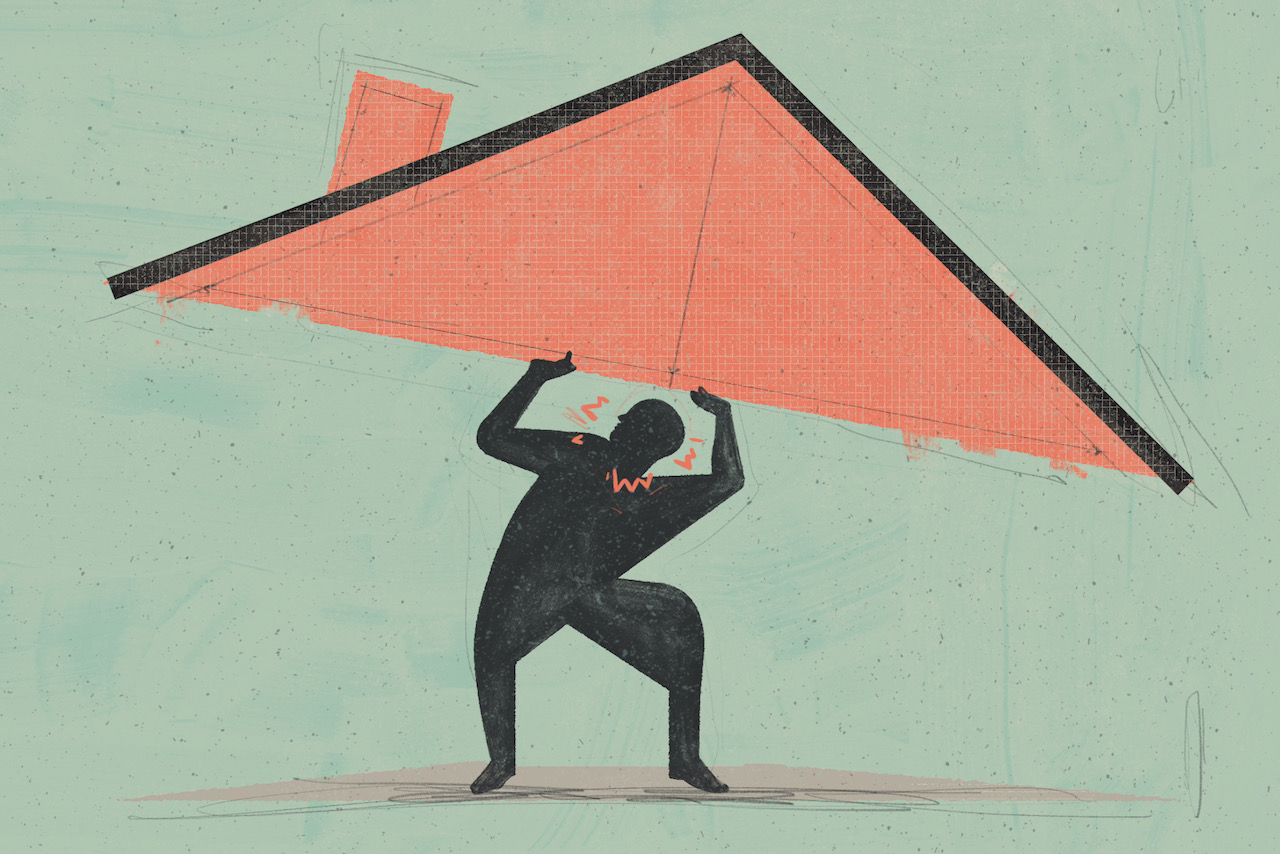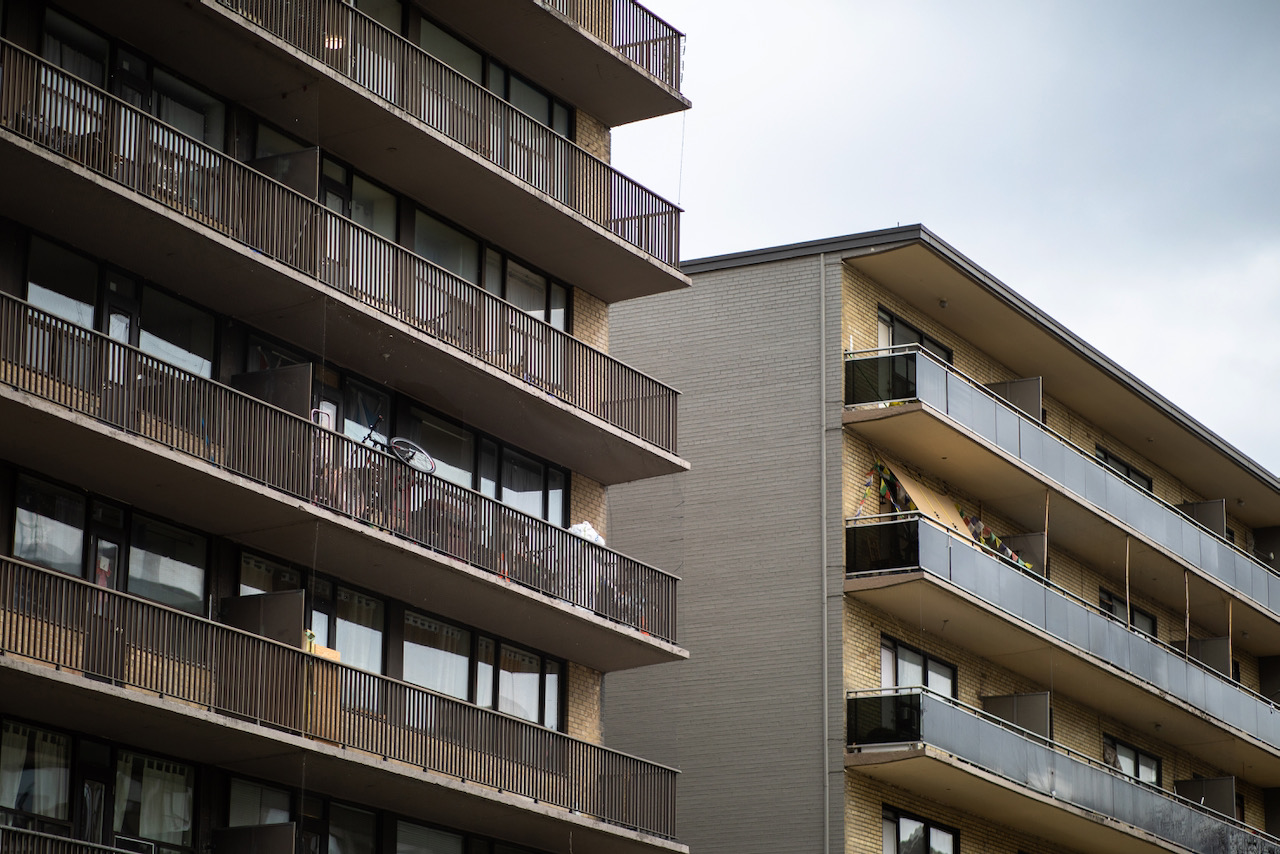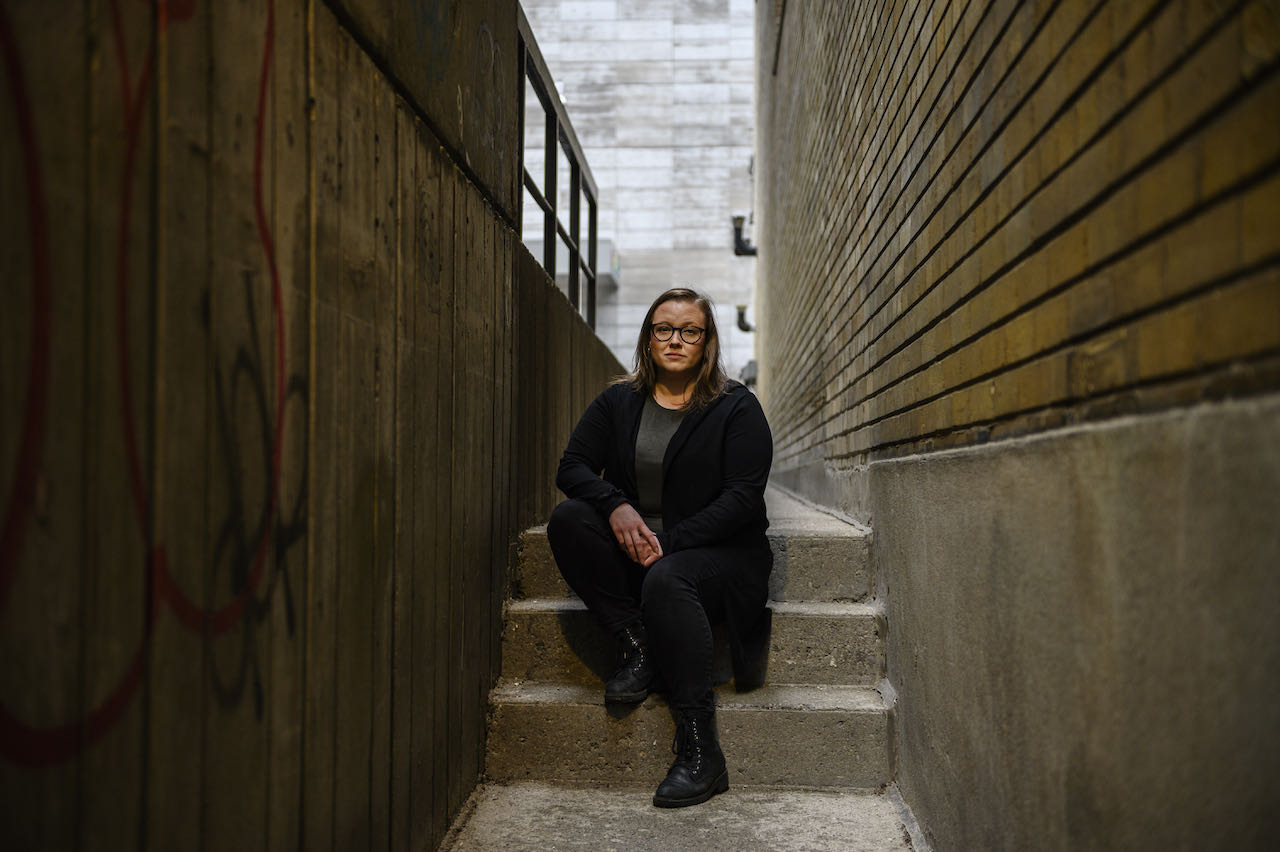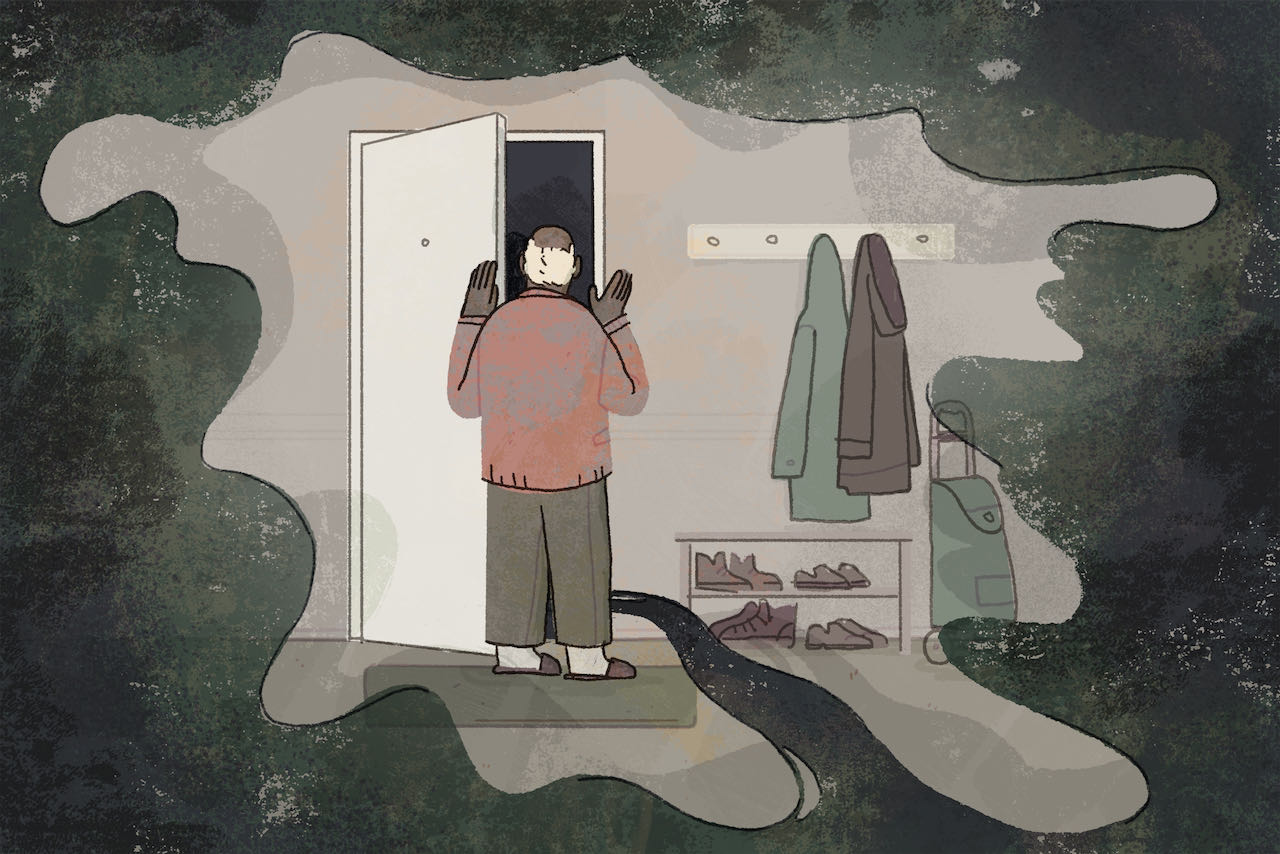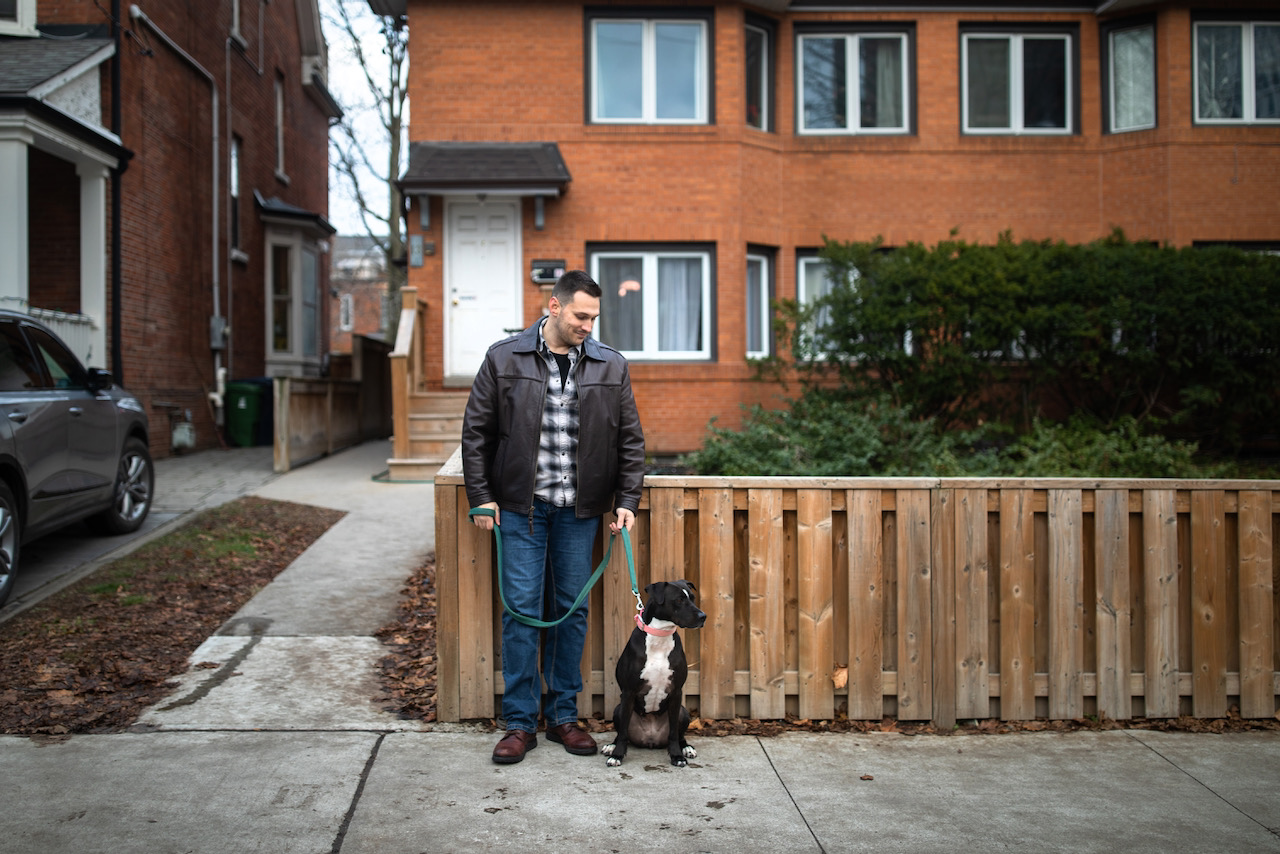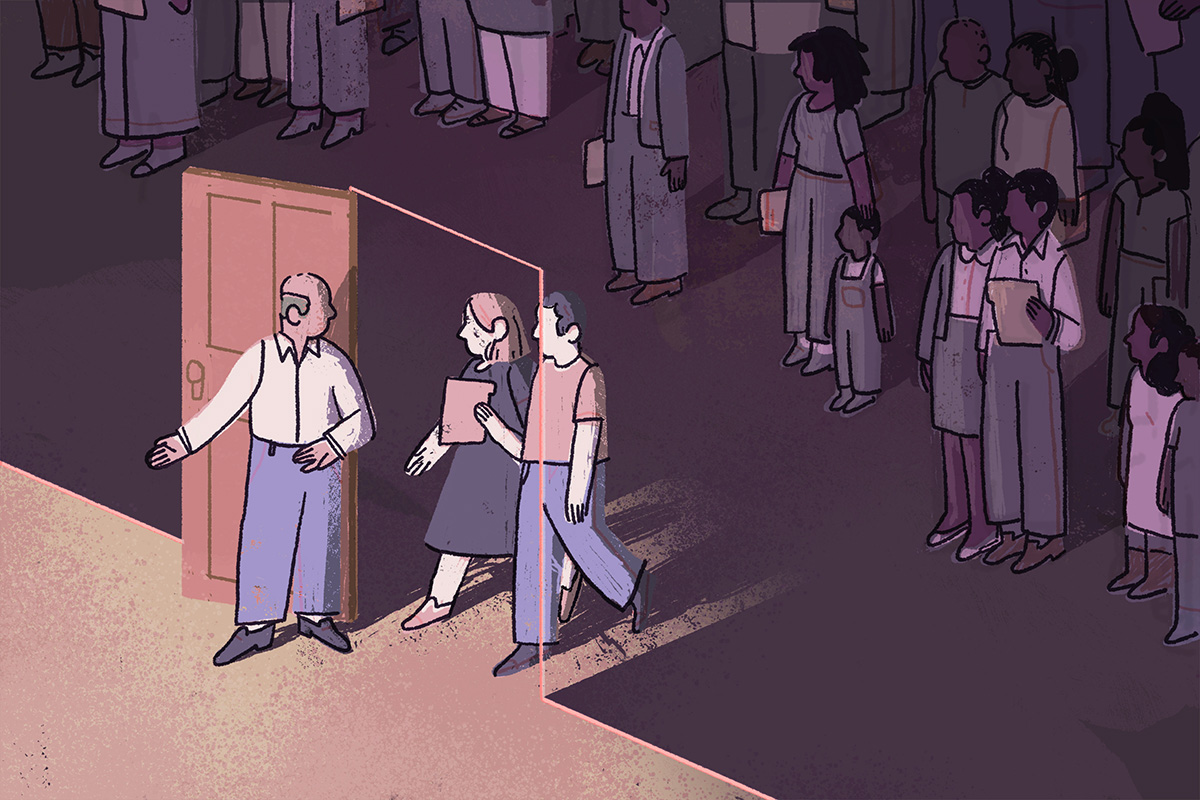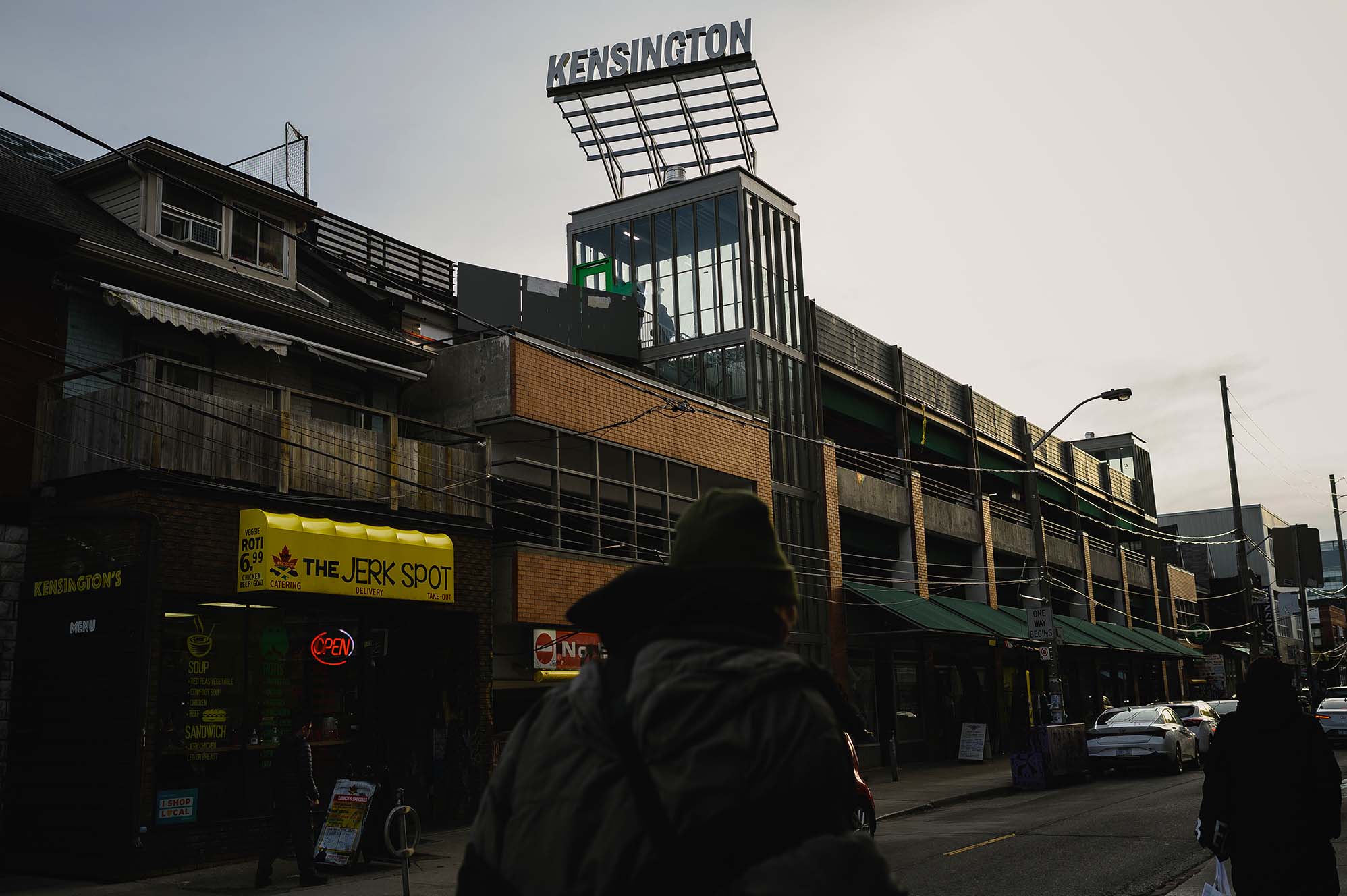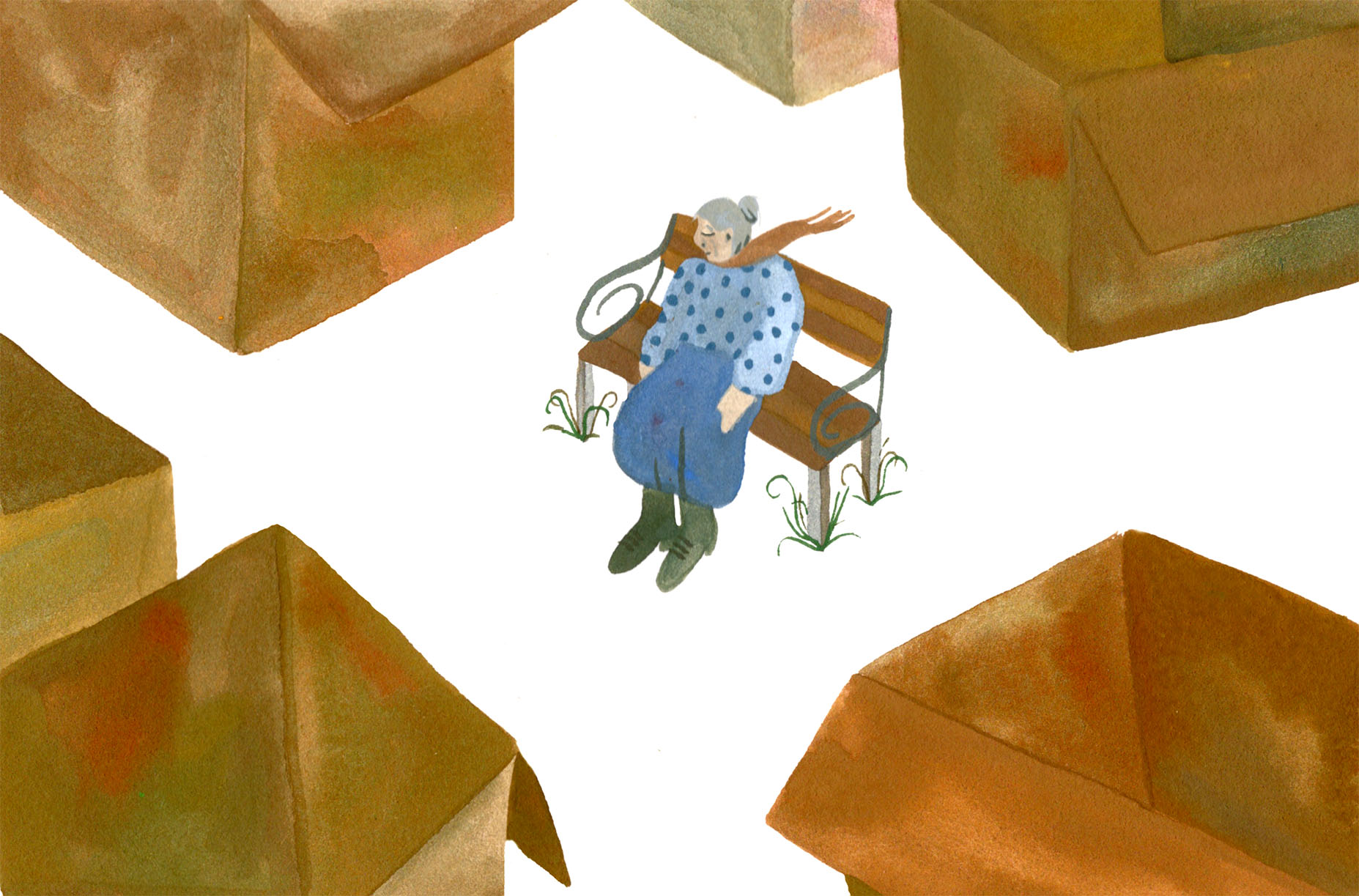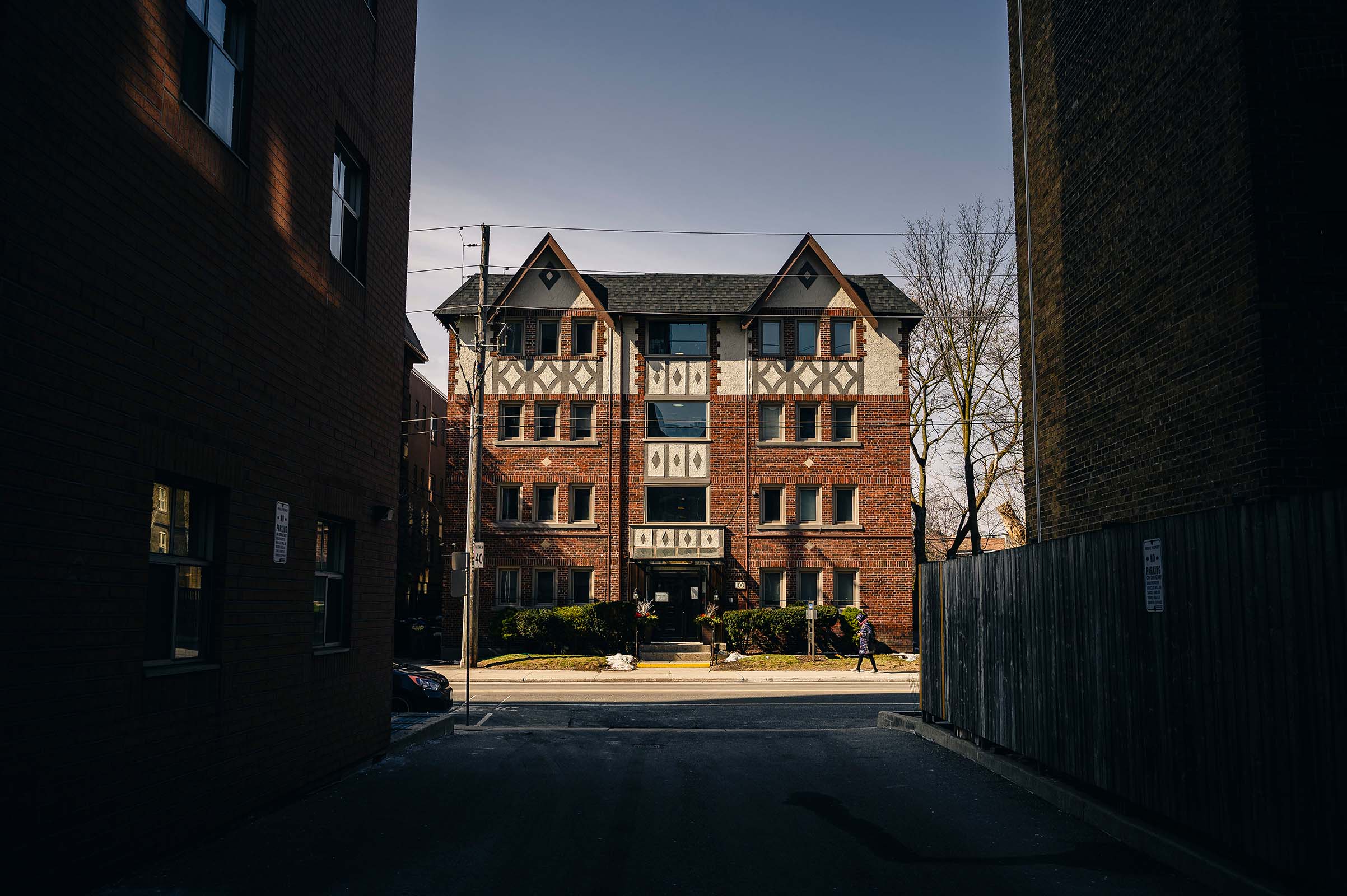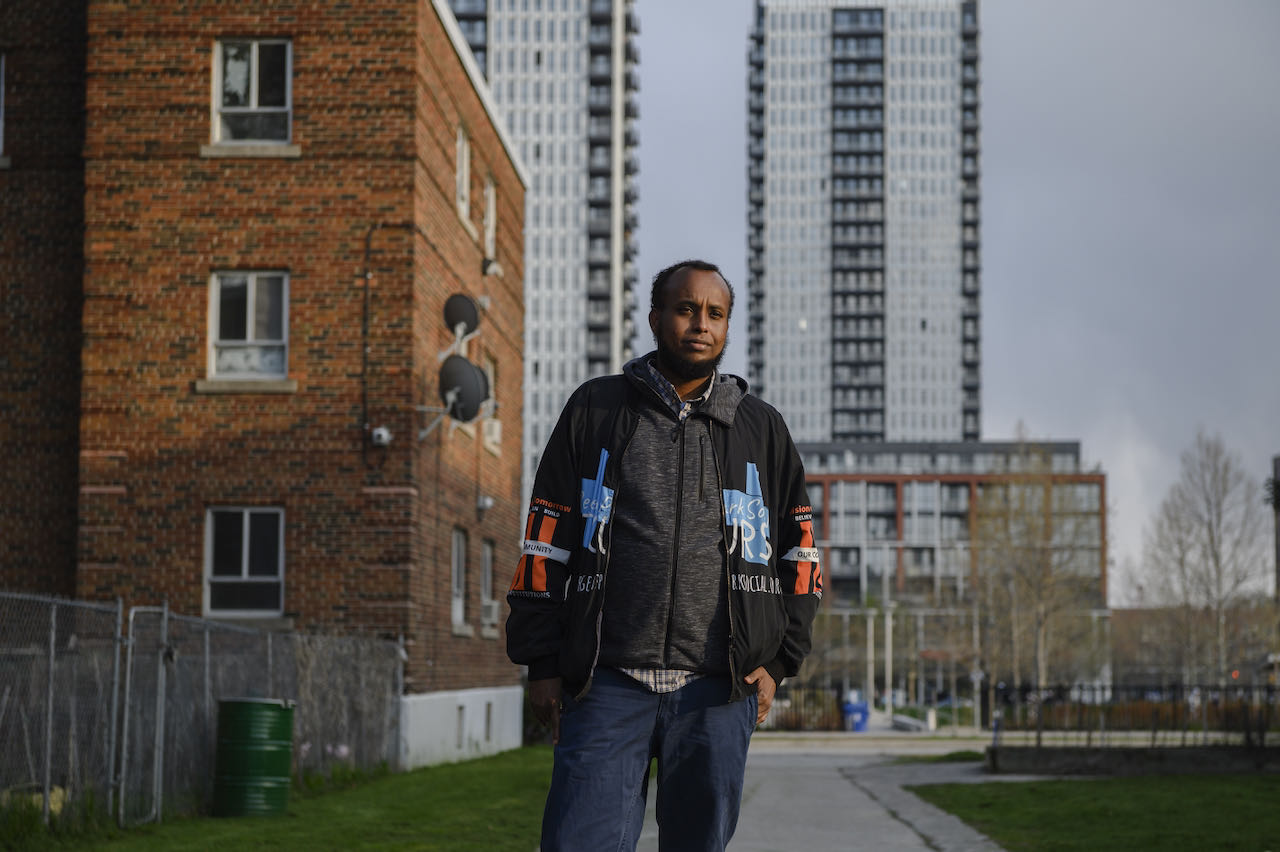
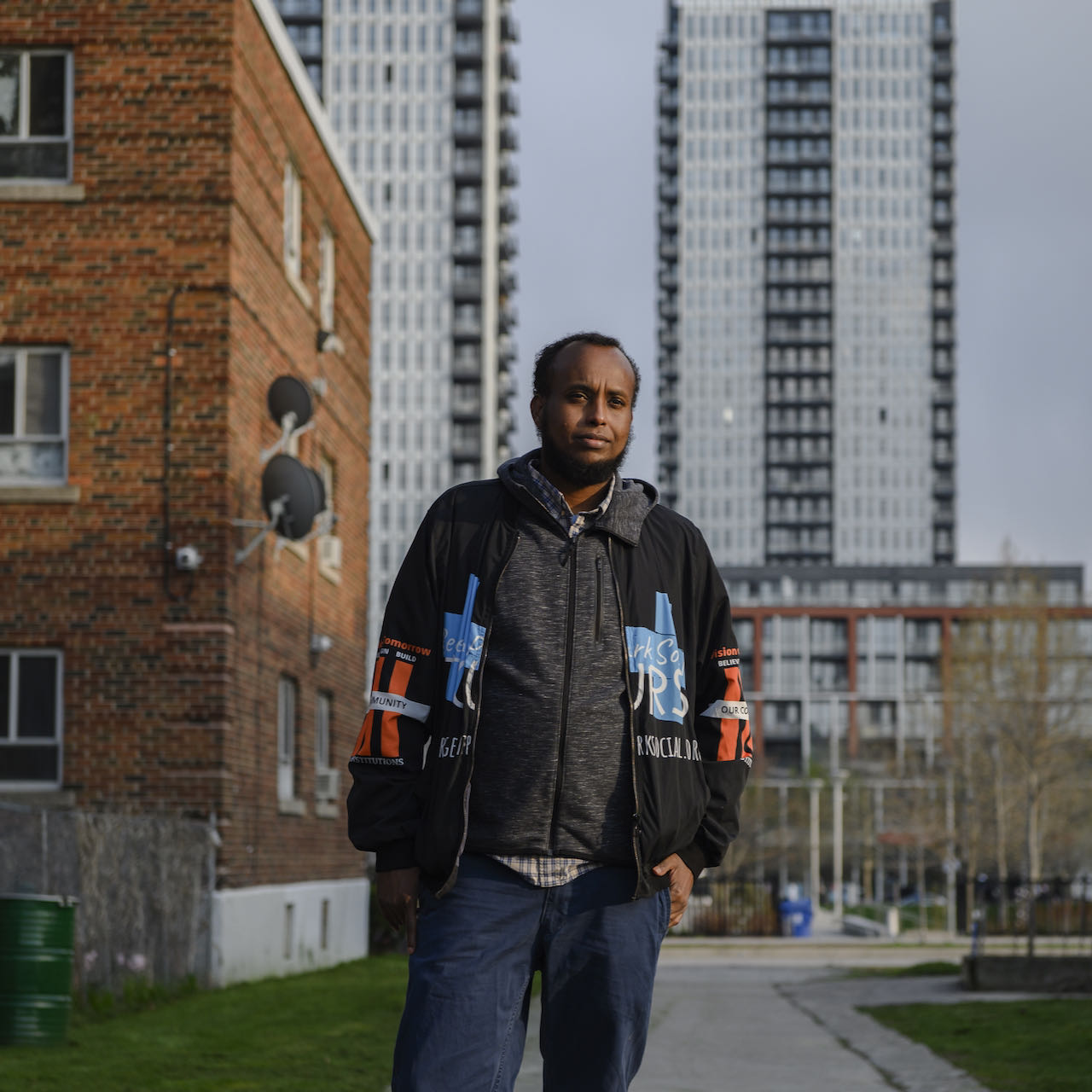
When Ibrahim Afrah immigrated from Somalia to Toronto with his parents and two siblings in 2001, they were placed in a townhouse at 63 Belshaw Place in the heart of Regent Park. At the time, Afrah had no idea about the storied history of Canada’s oldest public housing project, built in 1948, which had since developed a reputation as an underfunded neighbourhood with crime issues but a strong community spirit. Afrah and his family were just grateful to have a three-bedroom space with subsidized rent.
When a planned $1 billion re-development of the area was put into motion in 2002, Afrah and his family were temporarily relocated. But thanks to advocacy from existing tenants at Regent Park, the new development had a “right to return” policy, a guarantee that former tenants could return to the same unit they vacated, with rent calculated the same way.
“Somehow, we managed to get a brand new five-bedroom townhouse,” he says. “It was unbelievable, and so lucky.” Once Afrah got married and wanted to start a family of his own, he moved into a subsidized two-bedroom condo unit in Regent Park with his wife, his daughter and his sister—a living situation that is not ideal, but has helped keep rent manageable.
Afrah says it can be difficult to build community among folks living in subsidized housing and those paying market-value prices. Now a community activist for residents’ rights, he believes people struggle to get involved in community building because they’re often balancing multiple jobs, taking care of family, and trying to survive in an expensive city. But he also highlights a larger issue with the housing system: it can trap lower-income people in a situation they can’t afford to leave.
“All of this affordable housing was built as a temporary stop for people in poverty,” he says. “As things improve, you’re able to go into the market and try to buy something for yourself. But the market keeps going up, and with the rent I pay now, how can I leave? The line to get my unit is long, and I know once I leave, I don’t have another safety net.”
“Social housing should be like a conveyor belt… It should get you to a point where you no longer need it. There are newcomers and refugees coming here who need it, but I can’t move and that means they can’t move in.”
The housing system in Toronto is not working the way it should. The affordable housing crisis is well documented; many of the social housing programs established by the provincial and federal government in the 1960s-80s were cancelled in the 90s, creating a gap in support that has only worsened over time. Today, there are about 80,000 households on the social housing waitlist, and only 3,000 vacancies open up every year, according to the housing secretariat.
But even when people do manage to get social housing, like Afrah, they can find themselves stuck. With the vacancy rate hovering just over one percent and rents soaring, they can’t afford to move out of affordable housing into another rental, let alone purchase a home of their own. Even once you find a way to get into social housing and try to work your way up the economic and social ladder, there are rungs missing that make it nearly impossible to achieve financial prosperity. Meanwhile, the waitlist for social housing continues to grow.
“There should be incentives for households to continue to build their economic capacity so they can choose other housing options,” says Cheryll Case, the founder of CP Planning, a non-profit planning firm. “They should get to choose what neighbourhood they live in. There should be a program that supports people who are increasing their income to encourage them to save to move out and better their living situation.”
“The existing housing system and our land use planning has been designed to prioritize the wealthy and property owners,” she notes. “This is still the case, and is a huge contributor to the lack of affordable housing options available today.”
Abigail Bond is the executive director of the Housing Secretariat, responsible for overseeing the implementation of the city’s HousingTO 2020-2030 Action Plan, which focuses on addressing affordable housing needs over a period of ten years. The plan targets the approval of 40,000 new affordable rental homes, 18,000 of which will be supportive housing, as well as additional housing support for Indigenous people, seniors, and first-time home buyers. Bond notes that creating mixed housing, with a range of incomes in one area, is only a small part of addressing the larger crisis.
“Most communities in Toronto, like a lot of major cities, have a mix of incomes,” Bond says. “In most condos, 30-40 percent of the units will be rented, so the incomes of people living there are not the same as the people who own units. With this plan, for the new housing sites, a third of the units will be affordable for people who earn $21,000-$68,000 a year, who can’t afford to pay more than 30 percent of their income on rent.”
Though the plan only applies to developments on city-owned land, the approved inclusionary zoning policy will require new residential developments to include affordable housing units as part of a development plan on private land.
“Inclusionary zoning is a powerful way to ensure there is affordable housing in all communities in new developments,” Bond notes. “We get a lot of interest from the private sector and they want to partner with us to provide mixed-income housing.”
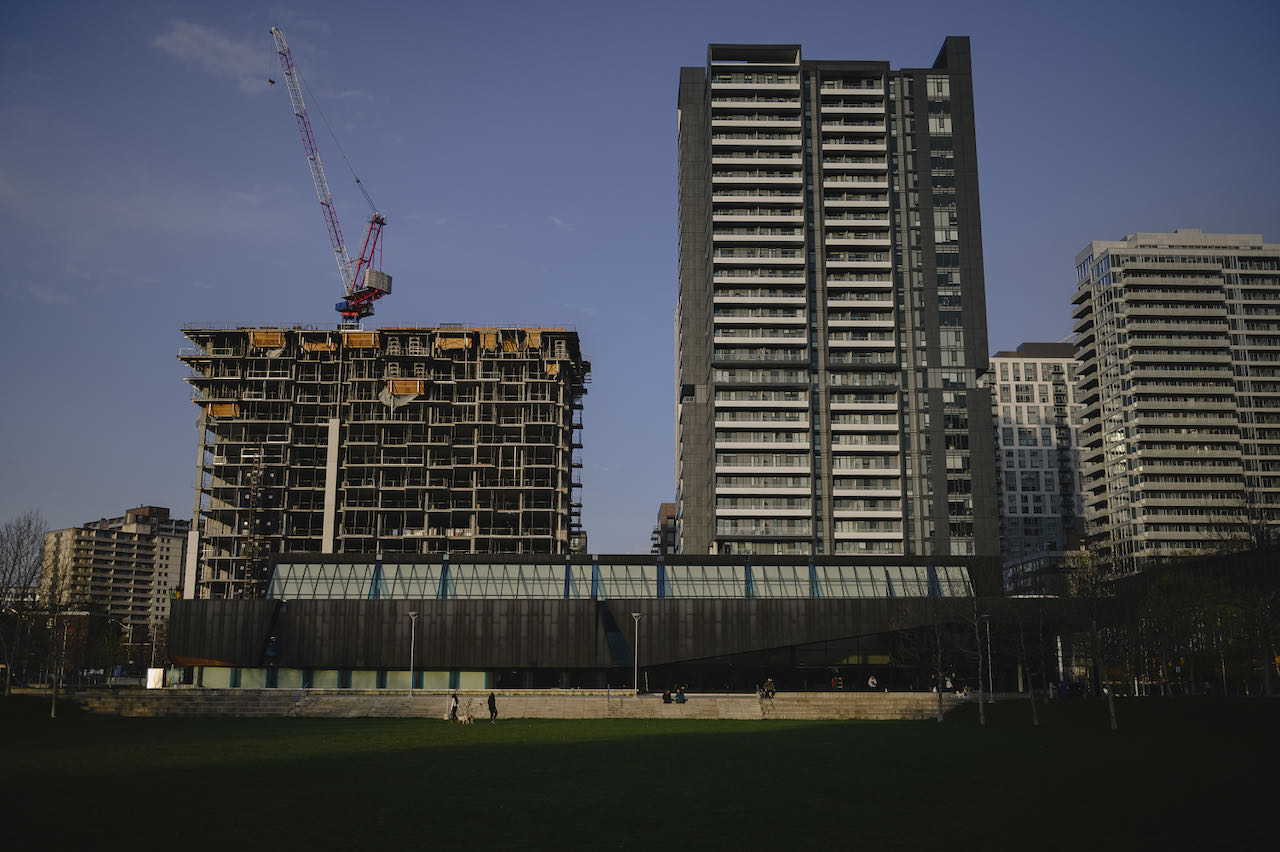
When Parveen Hussain applied for social housing in 2009, she didn’t have any idea how to navigate the social housing system. After moving with her husband and four children from Pakistan to Toronto in 1998, she found herself in an abusive relationship with her spouse and had to leave. She ended up with her children at a women’s shelter and began to search for affordable housing without any income.
“I was overqualified for most programs, being a citizen and already in Canada,” says Hussain. She registered with Ontario Works, and was told it could take 12 to 14 months to secure permanent housing so she could move out of the shelter. After months of looking, she managed to get a four-bedroom house in Brampton in a 70-unit social housing development. She was given a package from Ontario Works with information about medical and dental health care, but she wished there had been better support for her mental health as she navigated the job market, child care, and ongoing trauma.
“I was dealing with the judicial system to get out of my marriage, and I was also trying to take care of traumatized children,” she notes. “Once I left the shelter, I didn’t have access to counselling. I didn’t understand my finances, and I didn’t have any support for my mental health.”
Though she understands she was able to move out of the shelter and into subsidized housing thanks to Ontario Works, the longer she lives in social housing, the more frustrated she is with how the system treats her. The social housing subsidy meant she paid 30 percent of her minimum wage income towards rent, but she was still living paycheque to paycheque, struggling to pay for food, utilities, and other necessities for her children.
“I wanted to get off Ontario Works so badly, and I was finally able to once my son also got a job,” she says.
Even with two incomes in her household, after 14 years, Hussain is still struggling to save enough to move out of social housing and into another area.
“Social housing should be like a conveyor belt, point A to point B to point C and then out,” she says. “It should get you to a point where you no longer need it. There are newcomers and refugees coming here who need it, but I can’t move and that means they can’t move in.”
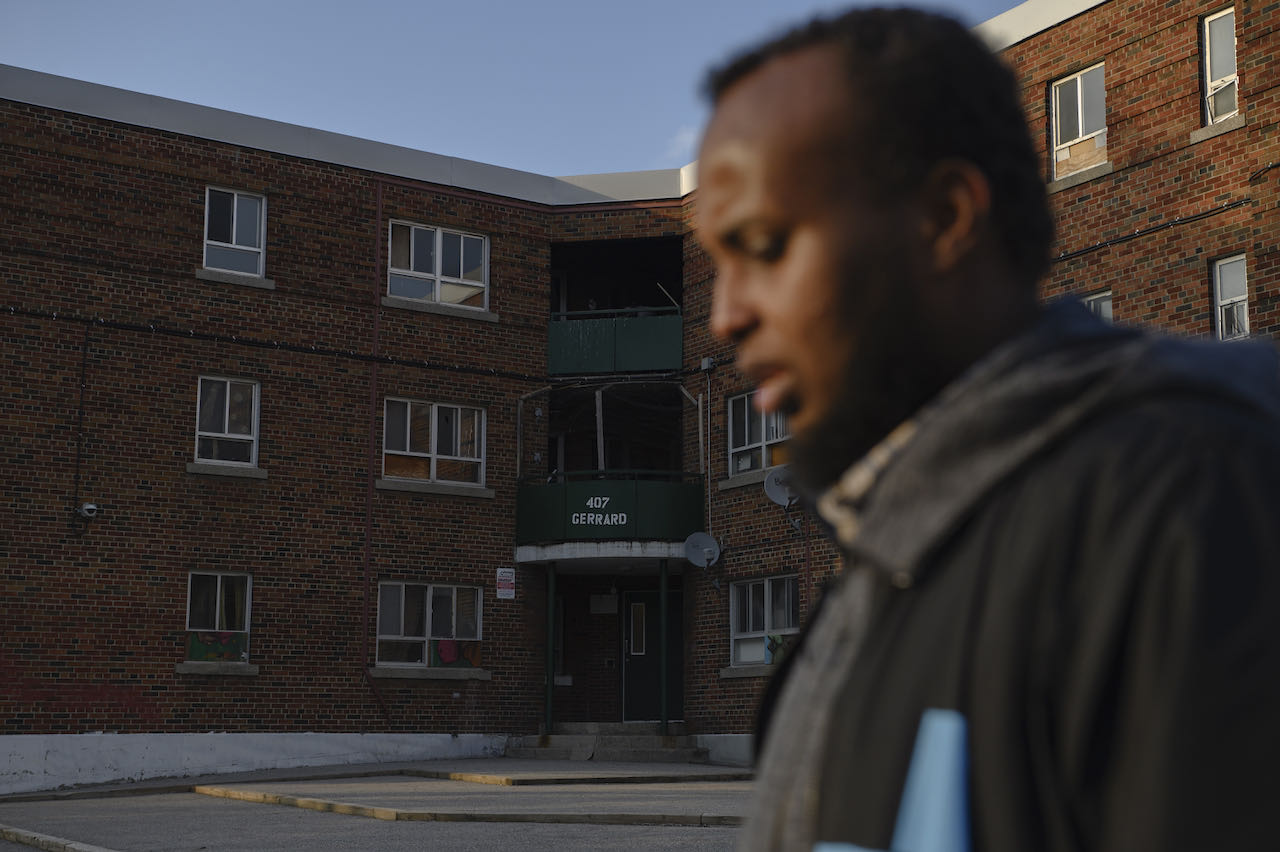
When Afrah thinks about the current system, the idea of building generational wealth, a financial asset like a home that can be passed down, seems out of reach. Though he would love to move out of subsidized housing in Regent Park and purchase his own home, he knows this is likely impossible given his financial status in one of the most expensive cities in Canada.
For now, Afrah remains focused on improving community relations in Regent Park, spear-heading initiatives like a permanent community market that gives residents the opportunity to generate income and create a gathering space in the area. “I want to be able to tell people, come to the Regent Park market,” he says, “And for it to be accessible for people who are from this area, with less barriers so they can afford to participate and get involved.” He’s dedicated to community work and activism, though in some ways he finds he has no choice but stay engaged. There is, after all, very little chance he’ll be able to leave Regent Park anytime soon.
Correction—April 30: A previous version of this article incorrectly stated that the city’s HousingTO 2020-2030 Action Plan targets the approval of 10,000 supportive housing units. It aims for 18,000 supportive homes.
Our Rent Series is made possible through the generous support of Maytree. All stories were produced independently by The Local.

